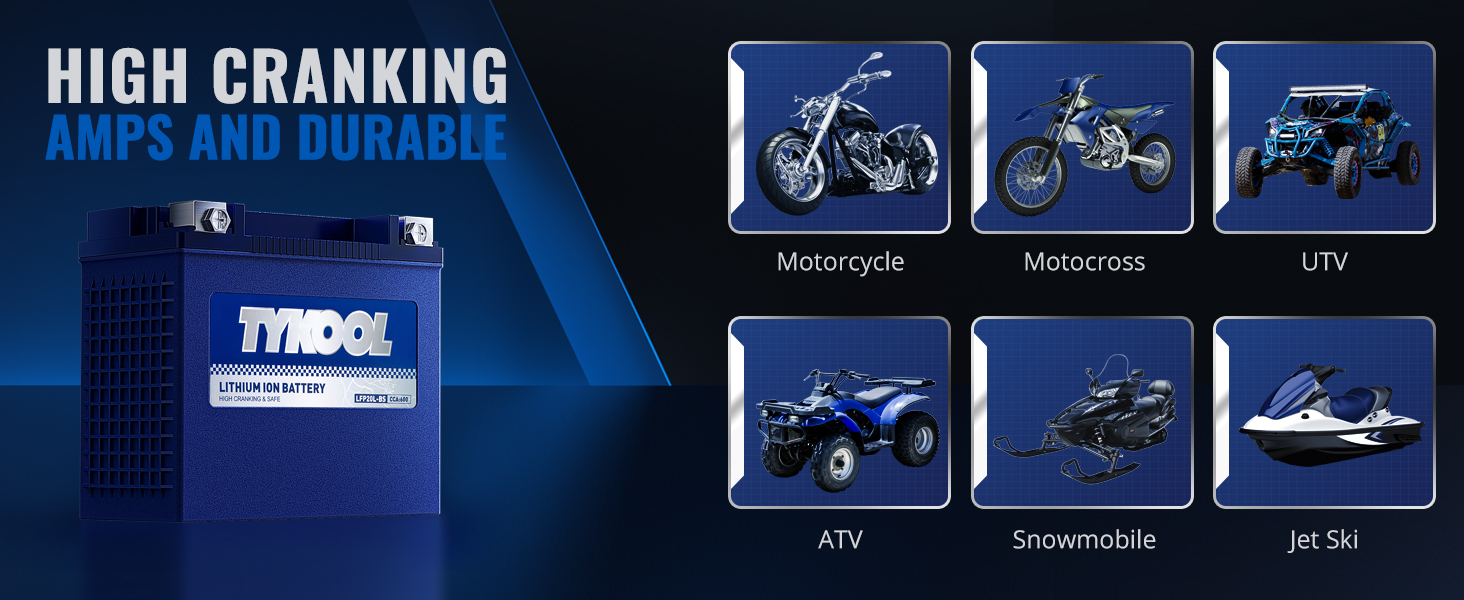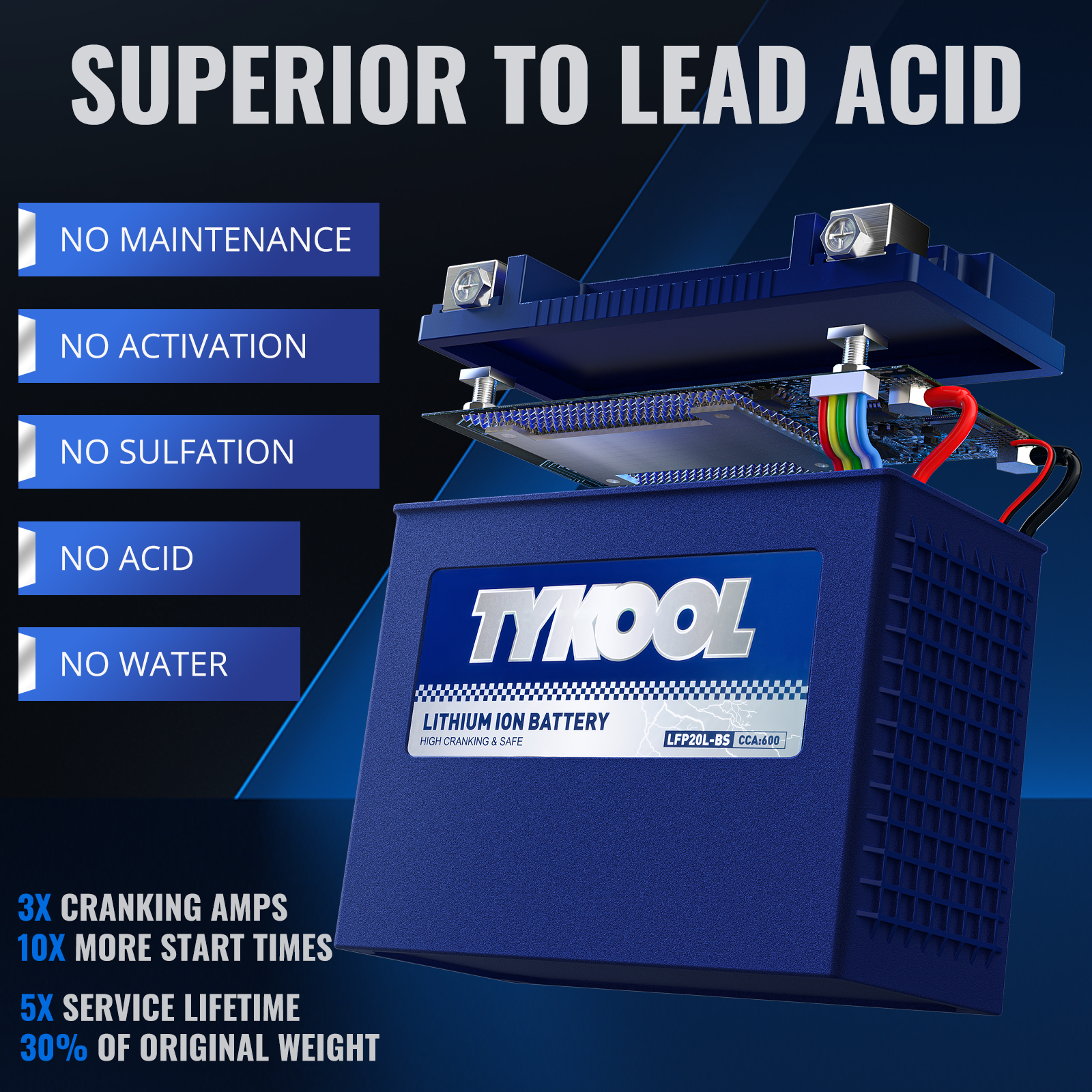Navigating Lawn Mower Battery Choices: Everything You Need to Know
This guide delves into the types of batteries for lawn mowers, sizing, and charging techniques, providing essential insights for optimal lawn care.
Types of Batteries Used in Lawn Mowers
Traditional Lead-Acid Batteries
Advantages: Lead-acid batteries are widely available and generally cost less than their lithium-ion counterparts. They're well-suited for a wide range of lawn mower models, offering reliable startup power.
Limitations: They tend to be heavier, have a shorter lifespan, and require more maintenance (such as regular water level checks) than lithium-ion batteries.
Modern Lithium-Ion Batteries
Advantages: Lithium-ion batteries are lighter, have a longer lifespan, and offer a higher energy density, which means they can store more energy for their size. They also require minimal maintenance.
Limitations: The primary drawback is the initial cost, which is higher than lead-acid batteries, but this can be offset by their longer lifespan and lower maintenance requirements.

What Size Battery Does a Lawn Mower Take?
The size of the battery your lawn mower requires generally depends on the mower's make and model. However, most riding lawn mowers use a 12-volt battery, which is sufficient to provide the necessary power for both starting and running the mower effectively.
The model number can also guide you in finding a compatible replacement. If you don't know what type of battery your lawn mower uses, please contact me.
The Difference Between U1 and U1R Lawn Mower Batteries
The main difference lies in the position of the battery terminals. U1 batteries have positive terminals on the left, while U1R batteries have them on the right when viewed from the front. Choosing the correct type ensures the battery cables can reach and connect properly without stretching or being too loose.
Lifespan of a 12 Volt Lawn Mower Battery
A 12-volt lawn mower battery's lifespan varies but generally lasts between three to five years with proper care and maintenance. Factors affecting longevity include the frequency of use, maintenance, and storage conditions.
Lawn Mower vs. Motorcycle Batteries: Are They the Same?
While both may use 12-volt batteries, they're not necessarily interchangeable. Lawn mower and motorcycle batteries might differ in size, terminal placement, and power requirements. Always use a battery that matches your lawn mower's specifications for optimal performance.

Charging Your Lawn Mower Battery
Charging a lawn mower battery involves several steps:
- Safety First: Wear protective gloves and ensure the charger is off before connecting.
- Connect the Charger: Attach the red clamp to the positive terminal and the black clamp to the negative terminal.
- Set the Charger: Use a slow charge setting if available, to extend the battery life.
- Monitor the Charge: Keep an eye on the charging process to prevent overcharging, which can damage the battery.
For lithium-ion batteries, using the manufacturer-provided charger or one specifically designed for lithium-ion cells is crucial to ensure safety and battery health.
Conclusion
Choosing the right battery for your lawn mower ensures that you can keep your lawn looking great without unnecessary interruptions. Whether you opt for a lead-acid or lithium-ion battery, understanding their characteristics, proper sizing, and maintenance requirements will help you make an informed decision. Remember, the right care and charging practices will extend the life of your lawn mower battery, offering you years of reliable service.


